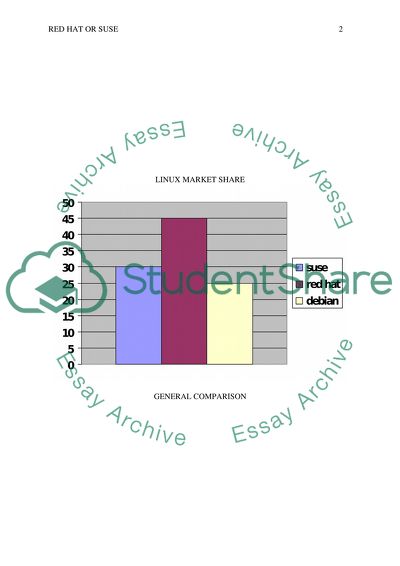Cite this document
(“Red Hat or Suse Research Paper Example | Topics and Well Written Essays - 1750 words”, n.d.)
Retrieved from https://studentshare.org/information-technology/1472926-red-hat-or-suse
Retrieved from https://studentshare.org/information-technology/1472926-red-hat-or-suse
(Red Hat or Suse Research Paper Example | Topics and Well Written Essays - 1750 Words)
https://studentshare.org/information-technology/1472926-red-hat-or-suse.
https://studentshare.org/information-technology/1472926-red-hat-or-suse.
“Red Hat or Suse Research Paper Example | Topics and Well Written Essays - 1750 Words”, n.d. https://studentshare.org/information-technology/1472926-red-hat-or-suse.


